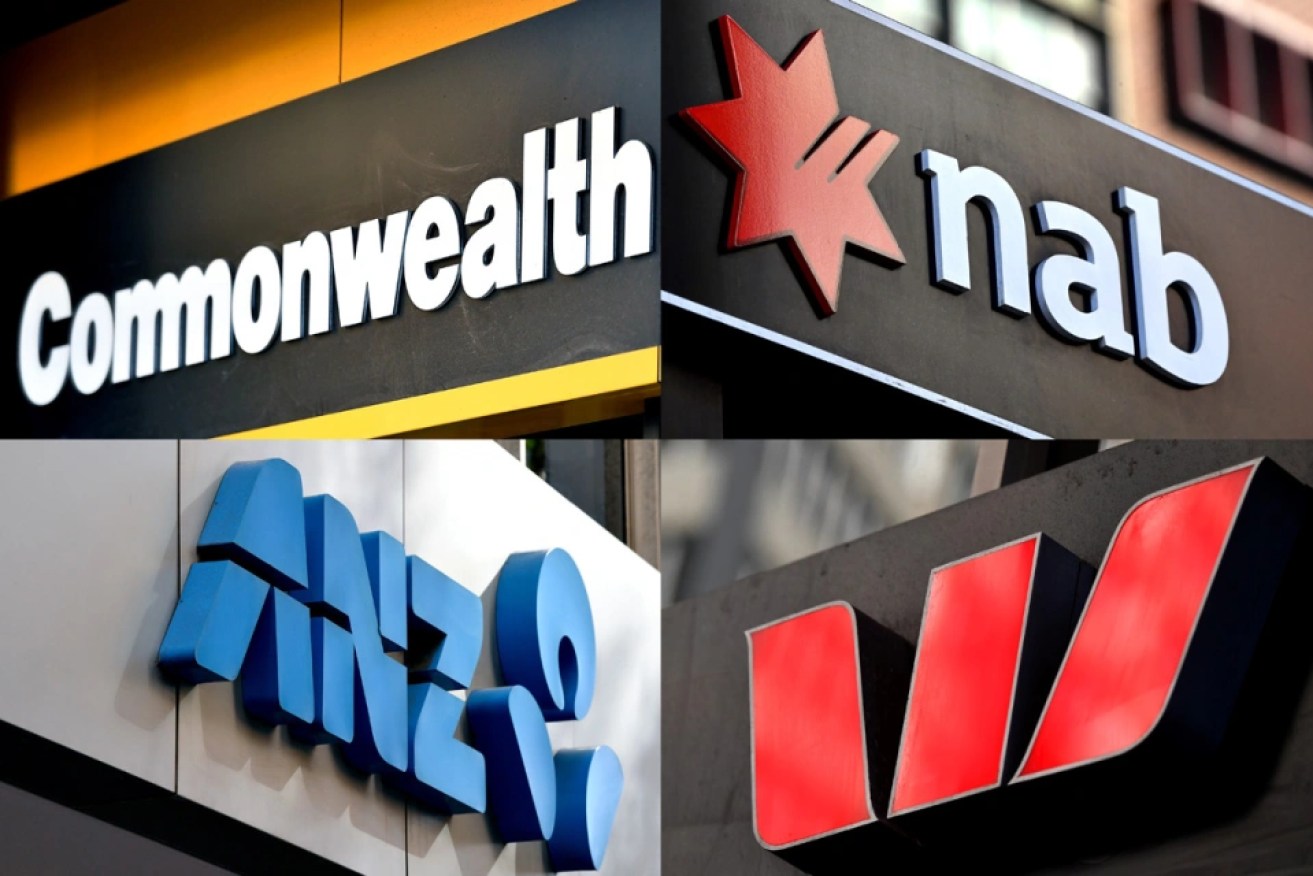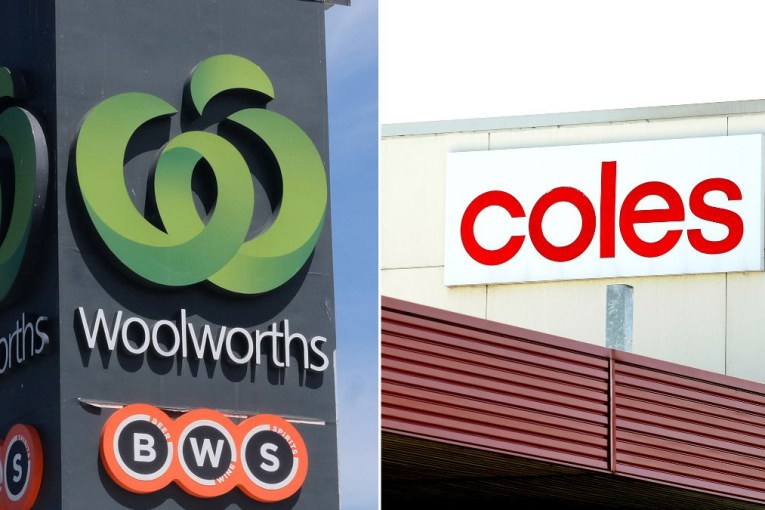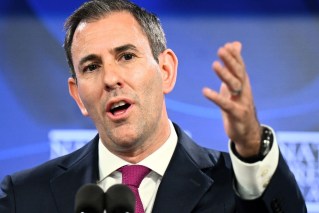Explained: How banks abuse their ‘social licence’ while raking in rate-hike profits


Experts say millions of Australians are being left behind by bank closures. Photo: TND
Australia’s major banks are awash with profits earned on the backs of skyrocketing mortgage repayments, with a leading expert saying the limits of their social licenses are being tested by a failure to pass on rate hikes to savers and ‘loyalty taxes’ on customers.
The big banks have now posted more than $25 billion in profits for 2022-23 as NAB and Westpac this month joined Commonwealth Bank in rewarding their investors.
That eye-watering figure has been driven by the fastest rise in mortgage repayments on record, as the Reserve Bank used its strong influence over rates to fight the highest inflation in decades.
But University of New South Wales professor Professor Mark Humphery-Jenner said the banks are also ‘testing the limits’ of their social licences by shortchanging savers and failing to be upfront with existing customers about the lowest rates they could possibly offer.
Many savers at big banks are still languishing on rates that have risen far less than the quantum of RBA rate hikes, while new loan customers continue to get better deals than existing ones.
“They need to be careful they aren’t seen to be profiteering,” Humphery-Jenner said.
“When the government puts you in a position where you’re insulated from competition … then it is incumbent upon those companies to act in an appropriate manner.”
How interest rates boost bank profits
There is a more complicated story underneath the headlines on big bank profits, however, that Humphery-Jenner said points to a difficult balance between the need for strong banks and consumer welfare.
And to understand that dilemma, we need to briefly canvas how banks actually profit from higher interest rates, and why banking is a market that doesn’t necessarily work the same as others.
First, while banks operate as corporations they face a very different set of business incentives and constraints than your local restaurant or hairdresser.
In fact, as RMIT University associate professor Angel Zhong explains, banks are the financial intermediaries that both lend to those types of businesses and store money for their customers.
That means a simple way to think about their income is the difference between what it costs the banks to source funding (most of which is household deposits) and what they charge in interest.
“Interest income … is this primary source of revenue for banks,” Zhong said.
“It’s generated from the interest charged on loans and mortgages, and the interest earned on different investments, such as government bonds, corporate bonds, and other financial products.”
Mortgage holders squeezed
Banks have made more money as rates have increased because interest revenue has risen faster than funding costs, which has given rise to questions about whether mortgage holders are being squeezed unnecessarily.
There are myriad reasons banks change interest rates, Zhong said, with the RBA wielding a strong influence, in addition to factors like lending risk and competition from other banks.
“Banks also take into account the specific risks of borrowers when setting interest rates of loans. This is particular the case for business loans,” Zhong said.
Ultimately, from a purely financial perspective banks could hold back on passing through some RBA rate hikes, particularly after the gap between their funding costs and interest income rose.
But as Humphery-Jenner explained it’s more complicated for a few reasons – not least because the RBA is trying to use higher rates to squeeze demand and cut high inflation rates.
There’s also the reality that profitable banks help to alleviate financial stability risks, underscoring how their pivotal role in the financial system helps them enjoy big profits.
“Unlike with a restaurant, where if one fails it’s terrible for the owners and staff but the world moves on, if ANZ or Westpac fails it’s a calamity,” he said.
“You want a stable financial system, which to some extent means the amount of competition is going to be lower.”
Banks test social licence
That doesn’t mean the major banks are behaving like upstanding corporate citizens, though, or that more competition in the market wouldn’t make consumers and the economy better off.
Humphery-Jenner said more competition among Australian banks would be positive, particularly given how the rate-hike cycle has played out for savers and for people who have not refinanced their loans.
Both these things suggest the limits of big bank social licenses are being tested, with higher rates proving more profitable to the big four than they probably should.
“It’s a very concentrated market,” Humphery-Jenner said.
“Compared to the US, where there are thousands of banks and there is competition, in Australia you have the big four banks and people often by default go to them.
“The big four banks feel less competition which means they’re more able to rent seek than other organisations,” he continued.
“It’s not necessarily a fully functional market.”
Consumers being willing to move their savings to accounts with better returns than the big banks and mortgage holders being active with their loans and not being afraid to seek out a better deal are keys.
But Humphery-Jenner also said consumer awareness about other options for their money is also important.
“That could come from money market funds,” he said.
“Enable people to invest in government bonds or corporate debt – at the moment that’s not very well known about.”








